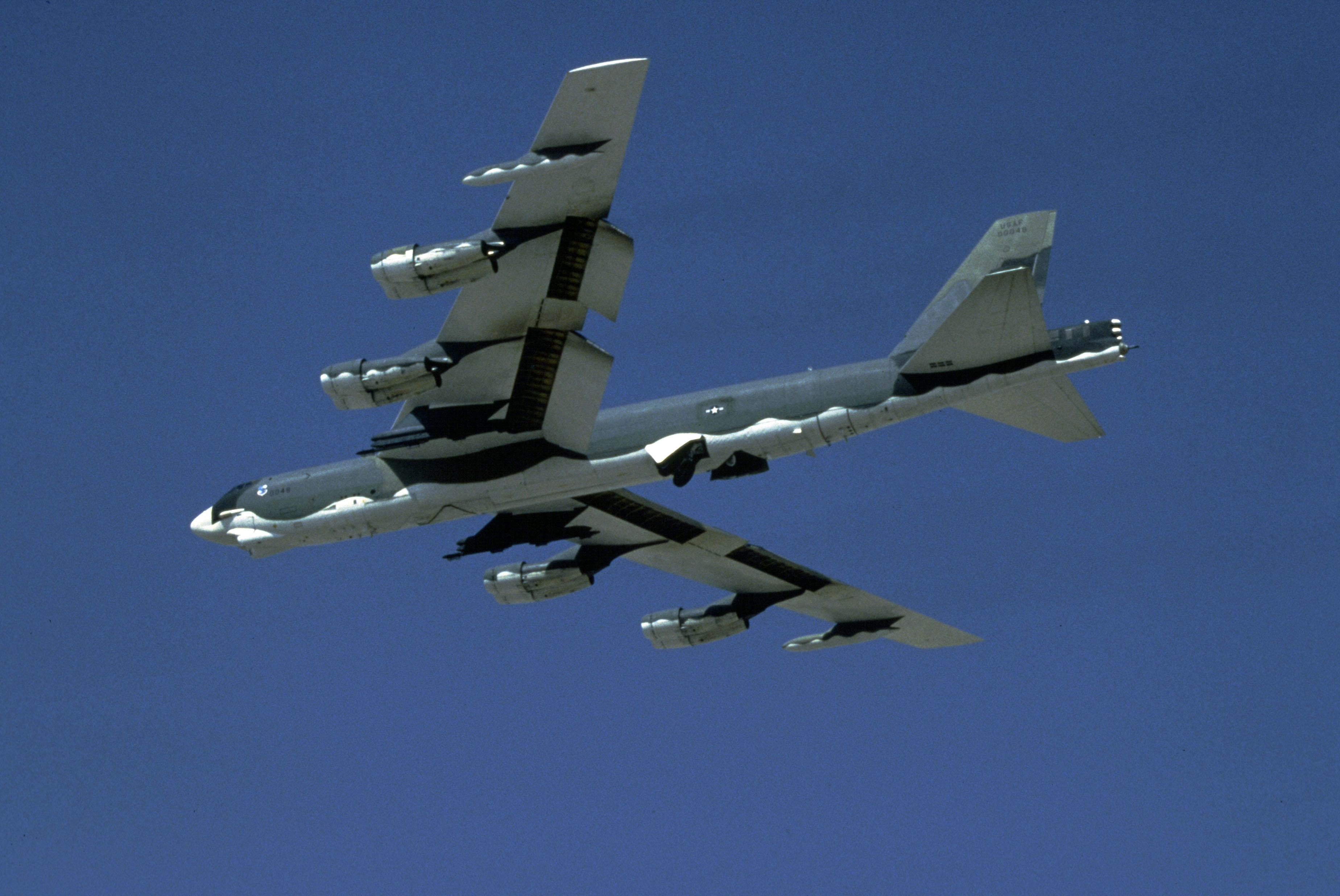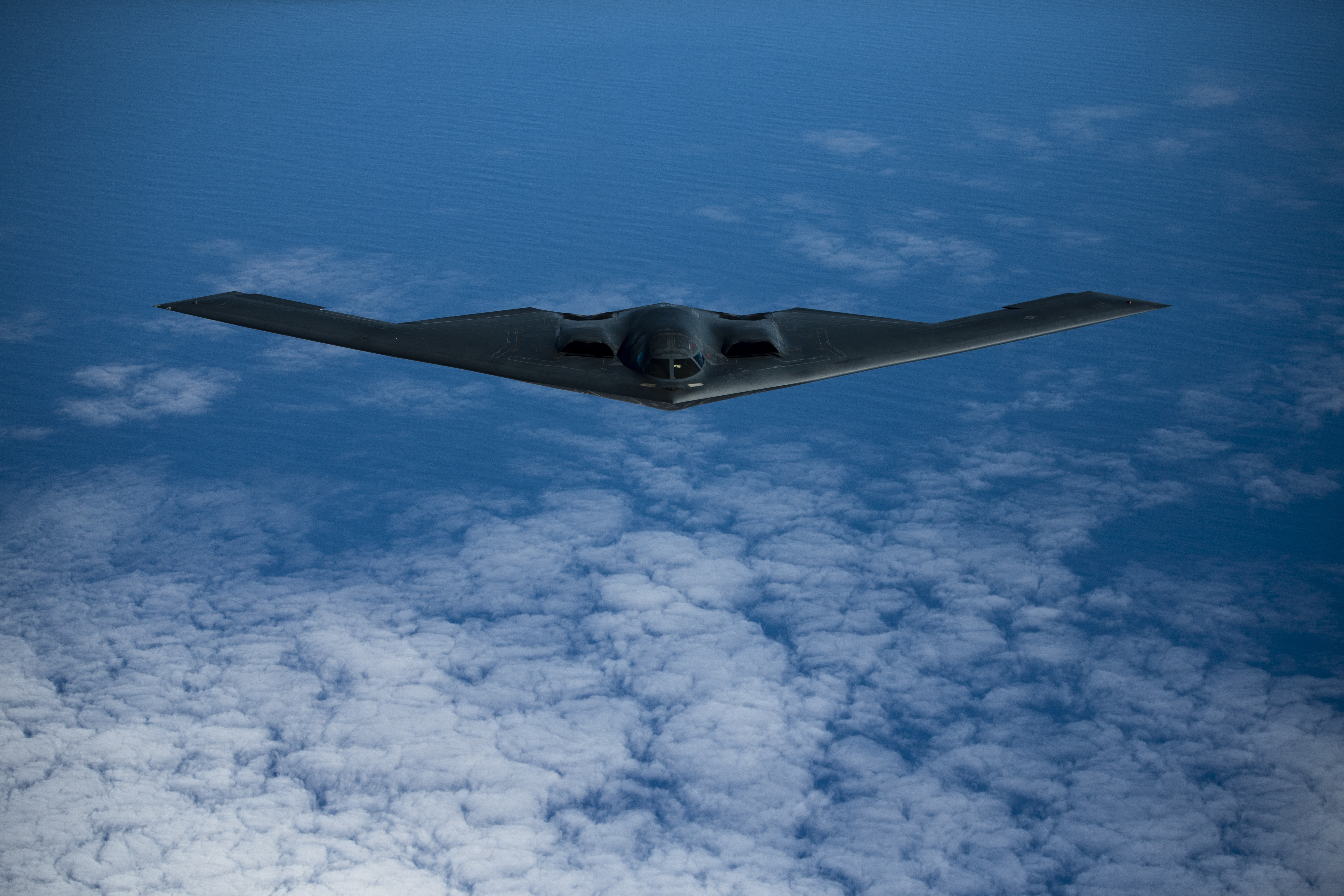The Dangers of Optimizing
Modern aerospace design and manufacturing is amazing. Dimensions and tolerances are measured in thousandths of an inch and design tools lead to ever-reducing weight for the same strength. Those designs can do amazing things: for landing gear titanium is roughly half the weight of steel for a given strength, but far more expensive. My former company was able to propose (and win) a new airliner contract by proposing a steel landing gear that weighed less than our competitor's titanium landing gear.
But that optimization comes at a cost.
The US Air Force currently operates three heavy bombers:
The B-52 Stratofortress, entry into service 1952:
The B-1B Lancer, entry into service 1986:
The B-2 Spirit, entry into service 1997
Of those three aircraft types, two are being retired and replaced by the new B-21 Raider expected to enter service sometime in the late 2020s. Care to guess which one will keep flying alongside the B-21?
- B-52 (1952)
- B-1B (1986)
- B-2 (1997)
The early 1950s B-52 will keep serving while the B-1B and the B-2 head for the boneyard.
I have a theory on why: it's because the design is old. The designers of the B-52 had spent the past two decades in an extremely competitive environment to develop first the heavy bombers of World War II (e.g. the Boeing B-17 and B-29) and then the first bombers designed to carry out nuclear bombing missions on the Soviet Union (e.g. the B-47). But they were doing their calculations on slide rules. So when optimizing their aircraft, they would follow general rules and guidelines and what was manufacturable at the time. This meant that as our models of materials and how they react to stress got better, we kept finding more "margin" in the design: it could take more weight than as-designed, or would last much longer than the originally-designed life. If something did need to be replaced (the B-52G got new wings, the forthcoming B-52J will get new engines), it was (relatively) easy to meet the 1950s tolerances. And design for 1950s nuclear bombs meant that the B-52 had a massive amount of space available for weapons and systems.
Contrast that with the newer B-1B and B-2. They were already more weight-optimized so they have less margin on their structures. They're harder to manufacture spare parts for. And they fall in that awful era where their components are too complex to manufacture out of a garage but too old to still be in production.
(Side note: I've also seen this with computer software. I grew up in the 1990s and still play computer games from that era. It's much easier to run a game designed for MS-DOS with something like DOSBox than it is to convince a game designed for Windows XP that it should start on a Windows 10/11 machine.)
Although all three were designed to fly into the teeth of the Soviet air defenses of their era, all of them are at risk against a modern integrated air defense: that's why the B-21 is coming into service. The Air Force still needs a large fleet of bombers, and not every mission is against those tough targets. So which one aircraft do you keep in service: the giant with oodles of space and lots of service life left in its airframe, the sprinter with a complex swing-wing mechanism (the B-1B), or the stealth bomber that's no longer invisible (the B-2)?
Sometimes simple, overbuilt, and upgraded is the better choice than perfectly designed for the role.
All images are offered by the US Air Force and are public domain.If you have any comments, please reach out to me at blog@saprobst.com or this page is cross-posted at LinkedIn and you can leave a comment there.




Comments
Post a Comment